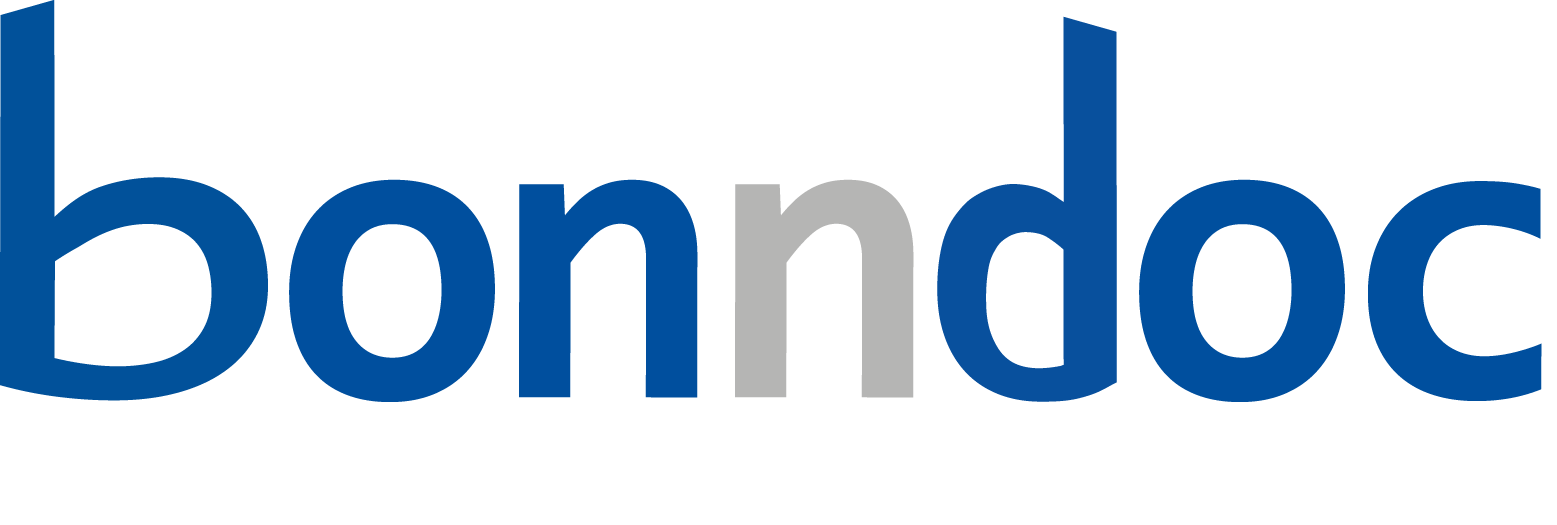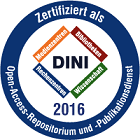Kannen, Kyra: Transcranial Alternating Current Stimulation as an Alternative Treatment for Patients with Attention-Deficit Hyperactivity Disorder (ADHD). - Bonn, 2024. - Dissertation, Rheinische Friedrich-Wilhelms-Universität Bonn.
Online-Ausgabe in bonndoc: https://nbn-resolving.org/urn:nbn:de:hbz:5-77212
Online-Ausgabe in bonndoc: https://nbn-resolving.org/urn:nbn:de:hbz:5-77212
@phdthesis{handle:20.500.11811/11696,
urn: https://nbn-resolving.org/urn:nbn:de:hbz:5-77212,
doi: https://doi.org/10.48565/bonndoc-332 ,
author = {{Kyra Kannen}},
title = {Transcranial Alternating Current Stimulation as an Alternative Treatment for Patients with Attention-Deficit Hyperactivity Disorder (ADHD)},
school = {Rheinische Friedrich-Wilhelms-Universität Bonn},
year = 2024,
note = {Attention-deficit hyperactivity disorder (ADHD) is a common neurodevelopmental disorder characterized by persistent inattention, hyperactivity, and impulsivity, with massive psychosocial and health-economical burdens. To improve ADHD symptoms, patients often receive long-lasting psychopharmacological treatment. Despite the high success of psychopharmacology, a significant minority of patients experience undesirable side effects or do not respond to the therapy. Since ADHD is associated with altered brain oscillations, a promising alternative treatment approach with less side effects is the application of non-invasive brain stimulation (NiBS). The potential of NiBS to modulate brain oscillations makes it a promising technique for the treatment of mental disorders that are characterized by pathologically altered brain oscillations com-pared to healthy controls. Thus, the main aim of this dissertation was to explore transcranial alternating current stimulation (tACS), a novel NiBS technique, as an alternative therapy intervention for adult ADHD.
To examine its clinical effectiveness, within the scope of this research, adults with ADHD received active tACS and a placebo stimulation on distinct days. Recorded subjective, behavioral, and neurophysiological data were analyzed before and after each intervention. While in the first tACS study conventional attention tasks were used to assess attentional performance, the second study was conducted in a developed reality-close, multi-modal, and standardized virtual reality (VR) test environment.
Electrophysiological analyses did not confirm that tACS significantly modulated the targeted brain oscillations. Consequently, no stimulation-related improvement of attentional ability was determined. Although we were not able to confirm a benefit of tACS for ADHD patients so far, the developed realistic and multi-modal VR test environment provides a comprehensive and ecologically valid assessment tool, capturing the complexity of ADHD symptomatology. Overall, our research emphasizes the need for further fundamental research to develop ADHD-tailored tACS therapies. In addition, our findings demonstrated that VR test settings advance the assessment of ADHD symptoms and are suitable for testing the efficiency of potential ADHD treatment interventions.},
url = {https://hdl.handle.net/20.500.11811/11696}
}
urn: https://nbn-resolving.org/urn:nbn:de:hbz:5-77212,
doi: https://doi.org/
author = {{Kyra Kannen}},
title = {Transcranial Alternating Current Stimulation as an Alternative Treatment for Patients with Attention-Deficit Hyperactivity Disorder (ADHD)},
school = {Rheinische Friedrich-Wilhelms-Universität Bonn},
year = 2024,
note = {Attention-deficit hyperactivity disorder (ADHD) is a common neurodevelopmental disorder characterized by persistent inattention, hyperactivity, and impulsivity, with massive psychosocial and health-economical burdens. To improve ADHD symptoms, patients often receive long-lasting psychopharmacological treatment. Despite the high success of psychopharmacology, a significant minority of patients experience undesirable side effects or do not respond to the therapy. Since ADHD is associated with altered brain oscillations, a promising alternative treatment approach with less side effects is the application of non-invasive brain stimulation (NiBS). The potential of NiBS to modulate brain oscillations makes it a promising technique for the treatment of mental disorders that are characterized by pathologically altered brain oscillations com-pared to healthy controls. Thus, the main aim of this dissertation was to explore transcranial alternating current stimulation (tACS), a novel NiBS technique, as an alternative therapy intervention for adult ADHD.
To examine its clinical effectiveness, within the scope of this research, adults with ADHD received active tACS and a placebo stimulation on distinct days. Recorded subjective, behavioral, and neurophysiological data were analyzed before and after each intervention. While in the first tACS study conventional attention tasks were used to assess attentional performance, the second study was conducted in a developed reality-close, multi-modal, and standardized virtual reality (VR) test environment.
Electrophysiological analyses did not confirm that tACS significantly modulated the targeted brain oscillations. Consequently, no stimulation-related improvement of attentional ability was determined. Although we were not able to confirm a benefit of tACS for ADHD patients so far, the developed realistic and multi-modal VR test environment provides a comprehensive and ecologically valid assessment tool, capturing the complexity of ADHD symptomatology. Overall, our research emphasizes the need for further fundamental research to develop ADHD-tailored tACS therapies. In addition, our findings demonstrated that VR test settings advance the assessment of ADHD symptoms and are suitable for testing the efficiency of potential ADHD treatment interventions.},
url = {https://hdl.handle.net/20.500.11811/11696}
}






